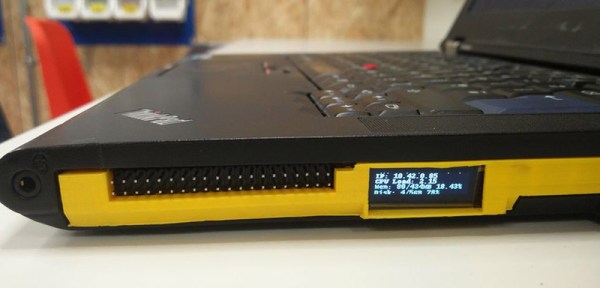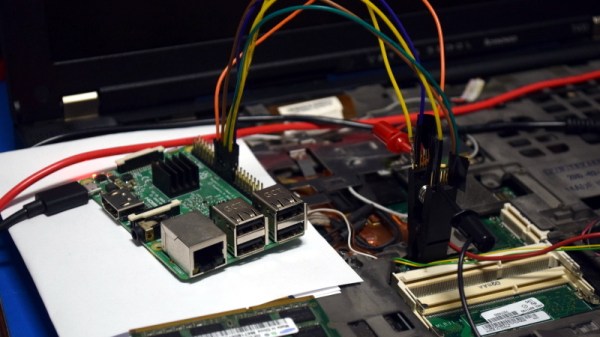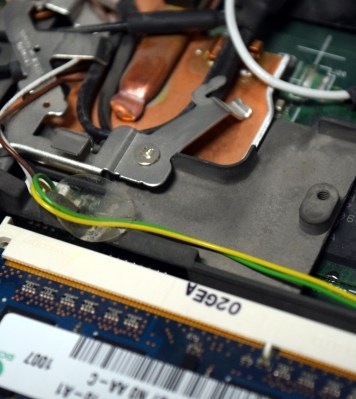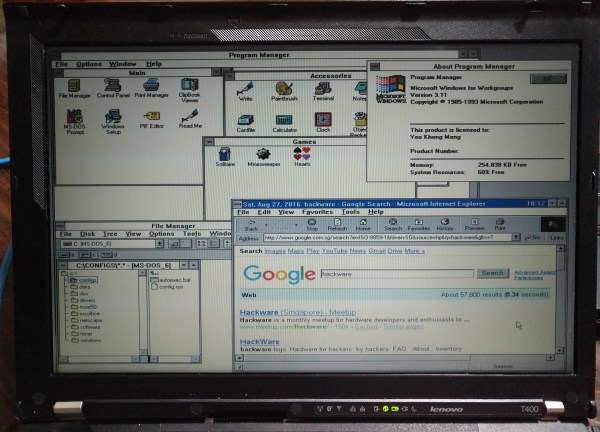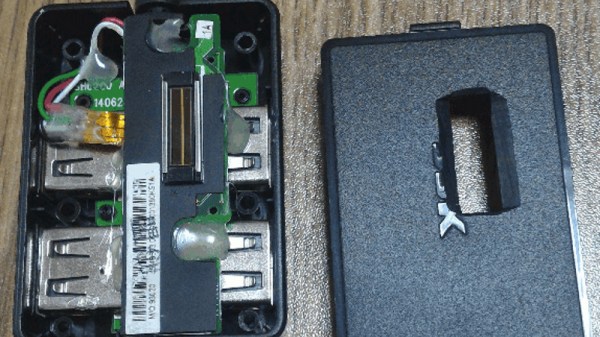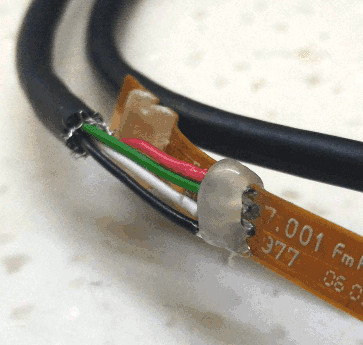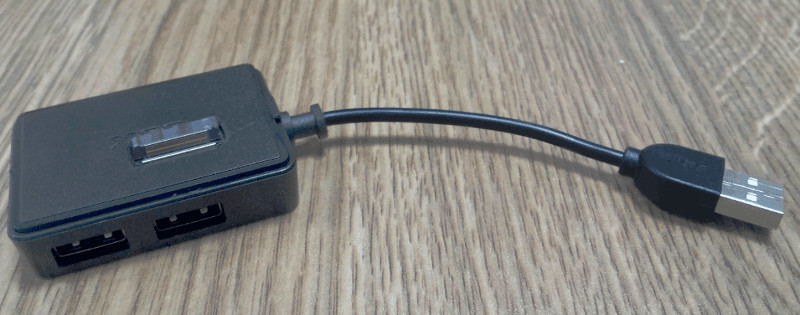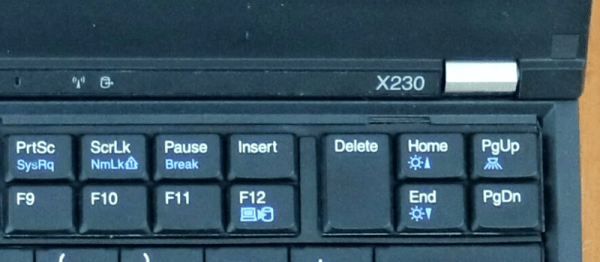The ThinkPad is the greatest laptop ever created. It doesn’t come in rose gold, it comes in black. It doesn’t have a weird screen instead of an escape key. For less than half the price of a MacBook, you can have a capable laptop that will somehow fit three drives inside. It’s madness, but it’s still not the perfect tool for hacking. To get there, you’re going to need to load that thing up with an independent Linux system, and maybe a solderless breadboard. That’s what [ollie242] is doing with his ThinkPad, and the results are the perfect addition to the perfect laptop.
This build is really just a 3D printed drive caddy for the Thinkpad UltraBay, the modular standard that allows you to add a CD drive, SATA drive, or even a serial and parallel port to your laptop. [ollie242] is modeling this off the CD drive taken from a ThinkPad T420, so we’re looking at a ‘Serial Ultrabay Enhanced’ version of this standard, which is compatible with a T430, which is still the best laptop you can possibly buy.
Inside this 3D printed drive caddy is a Raspberry Pi Zero W, powered by the ThinkPad through the internal SATA connector. The Pi Zero has right-angle headers attached, giving access to the GPIO pins from the outside. Just to add a little flair, [ollie242] added an OLED display to show the IP address, the CPU load, and the memory availability of the Pi.
This is a great project, if only because no one has any use for a CD drive anymore. Since these UltraBay drives are huge, it would be a simple matter to add a much more powerful computer to the drive like the recently announced Raspberry Pi 3 Model A+. There are — or at least there should be — some interesting internal connections on that UltraBay port, and it’s not inconceivable this Raspberry Pi UltraBay could be used as a coprocessor of sorts for its host laptop.

